Hawaij, spice mixes and marketing
- rosemary
- Oct 23
- 6 min read

The other day I bought this expensive jar of Ottolenghi hawaij paste. It was on a special, I was just filling in time waiting for David for some reason I cannot now remember, wandering around Woolworths when I spied it. I had noticed Hawaij a lot here and there, or so I thought, and I was feeling a bit down, and so I thought 'why not?' and put it in my trolley. I feel a tiny bit cross at myself, because there are lots of recipes online for a hawaij spice mix, and it's not a very complicated one. Ottolenghi himself has a recipe int his first OTK cookbook Shelf Love. However, I feel a tiny bit better about it today, because this is a paste not a spice mix so other things have been added - and not really listed on the jar. You can watch Ottolenghi himself spruiking it on Instagram
Now I love the Ottolenghi world, mostly because of the multitude of delicious recipes from both himself and his team. He writes interesting newsletters and has expanded the ways in which we interested cooks, now cook, as well as influencing other chefs and recipe developers to experiment. Not to mention an expanded list of spices and vegetables that we now all find in our supermarkets - in the UK at least. I don't think the message has quite got through here. Nevertheless there is no doubt that there is an enormously successful marketing machine behind the man. Whether he is the brains behind it all, or whether he is just the frontman, or the ultimate yes or no man I have no idea.
I have no idea when the Ottolenghi machine began selling stuff, but if you go to his website Shop page you will find a wide range of things on offer, from that crockery I talked about recently, to hampers, spices, the cookbooks and various combinations of the above, not to mention partnerships with other providers whose products they sell.
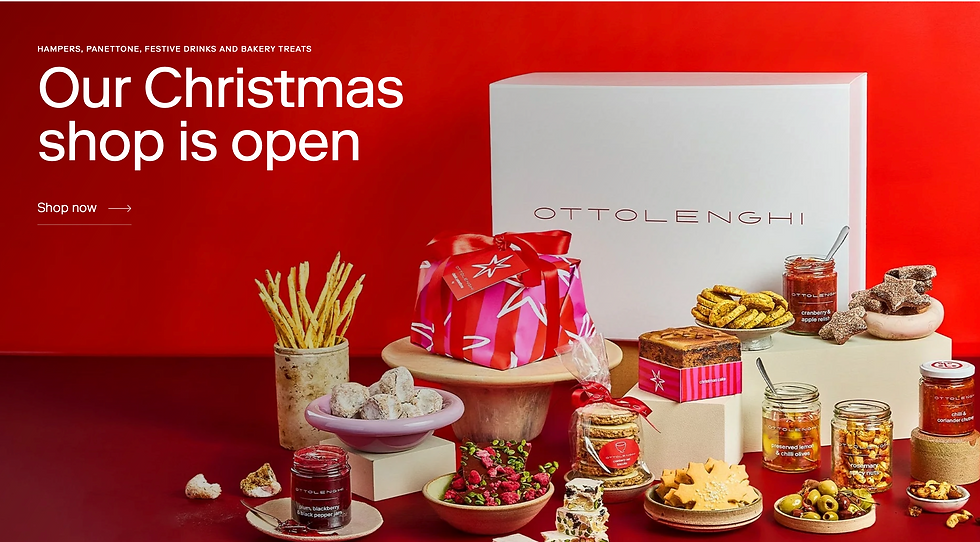
Then if you look at their locations - two high end restaurants, eight delis in London and the newest - a restaurant/deli in Geneva; you will find that they also have a catering service and deliveries of various foodstuffs - I didn't take the time to see if the last only applies to London or not. But you get the picture. It's a big marketing machine.
I have no idea when this all began, but I do wonder whether this is a COVID thing. After all restaurants could not open and they had to find new ways to make money. Hence we still have the availability of 'cooking' our local high end restaurant dinners at home here in Eltham. Stephen the chef enjoyed the flexibility of not having to cook the same food all the time, so he still does it, and I assume he has enough customers for him to continue. Many other entrepreneurial restaurateurs developed similar enterprises, both home deliveries, hampers and all of that, as well as specially packaged spice mixes, and so on. Although the latter has been going on for some time of course. Off the top of my head here in Australia Charmaine Solomon had a range of spice pastes, and Maggie Beer of course began with things like verjuice and quince paste, and has expanded into many other things from stock to ice-cream - although she also sold that business some time ago.

During the COVID lockdown Ottolenghi and his team produced those two OTK cookbooks, the second of which was called Extra Good Things and featured a whole range of pickles, and oils, and spice mixes and so on. I'm guessing it would have been a wonderful opportunity to focus on developing things to sell - at a high price of course because of the name. Those spice mixes and jars usually sell here in Woolworths for $12-$14, and they aren't that large. Perfect for gifts of course.
So yes, I'm a sucker, but I don't do this kind of thing very often, I can afford it, so why not?
Back to hawaij. I began this post with the idea of just looking at the hawaij spice mix - the usual thing of a rundown of what it is and where it comes from, and then on to some sample recipes. However, as I searched for those recipes - and there are indeed lots - I soon discovered that most of them were just along the lines of chuck some hawaij into your stew or soup. It also became clear that almost the only recipes that went a little bit further were from the Ottolenghi stable, and there were a few because, of course, some of them were created with selling that specific spice paste in mind. So herewith all the Ottolenghi recipes: Hawaij chicken à la King - there is a short video of this on Facebook under the Ottolenghi banner in which the dish is demonstrated by Angelides Angelos with the inference that it is his invention - I think he's one of the OTK team. Kale and mixed peel dip; Hawaij onion and chickpea soup; Hawaij snacking potatoes with soured cream and chives and Hawaij chicken sandwich with quick herby slaw.
He's not alone however, although I confess I have not found very many recipes that did more than rub the Hawaij spice mix into chicken, or throw a spoonful into a stew. Here are those few - Hawaij sweet potatoes with roasted lemon and yoghurt - Eden Grinshpan/Epicurious; Hawaij roast chicken with cucumber salad - Julia Busutti Nishimura/Sydney Morning Herald; and Whole roasted fish with red adjika and toasted pepitas and hawaij spice - Adam Wolfers/Wine Selectors
All of which left me wondering whether we really owe the increasing popularity of Hawaij to Ottolenghi.

But what does it consist of and where does it come from? Well it comes from Yemen and also Israel, via immigrant Yemeni Jews. And it does seem to be the most common spice in Yemeni cooking. One of the reasons I bought it is that it has no chilli in it, and as you all know by now, chilli is a no-no in this house. I think the fundamental ingredients are black peppercorns, cumin, cardamom, and turmeric. Other additions might be cloves, nutmeg, saffron, fenugreek, caraway and coriander. Ottolenghi's ingredients in the Shelf Love book are: 1 tbsp coriander seeds, 2 tsp cumin seeds; 2 whole cloves; 8 cardamom pods (well just the seeds); 1/2 tsp fenugreek seeds and 1/2 tsp ground turmeric. I'm guessing every Yemini housewife has her own mix which she doesn't measure out at all.
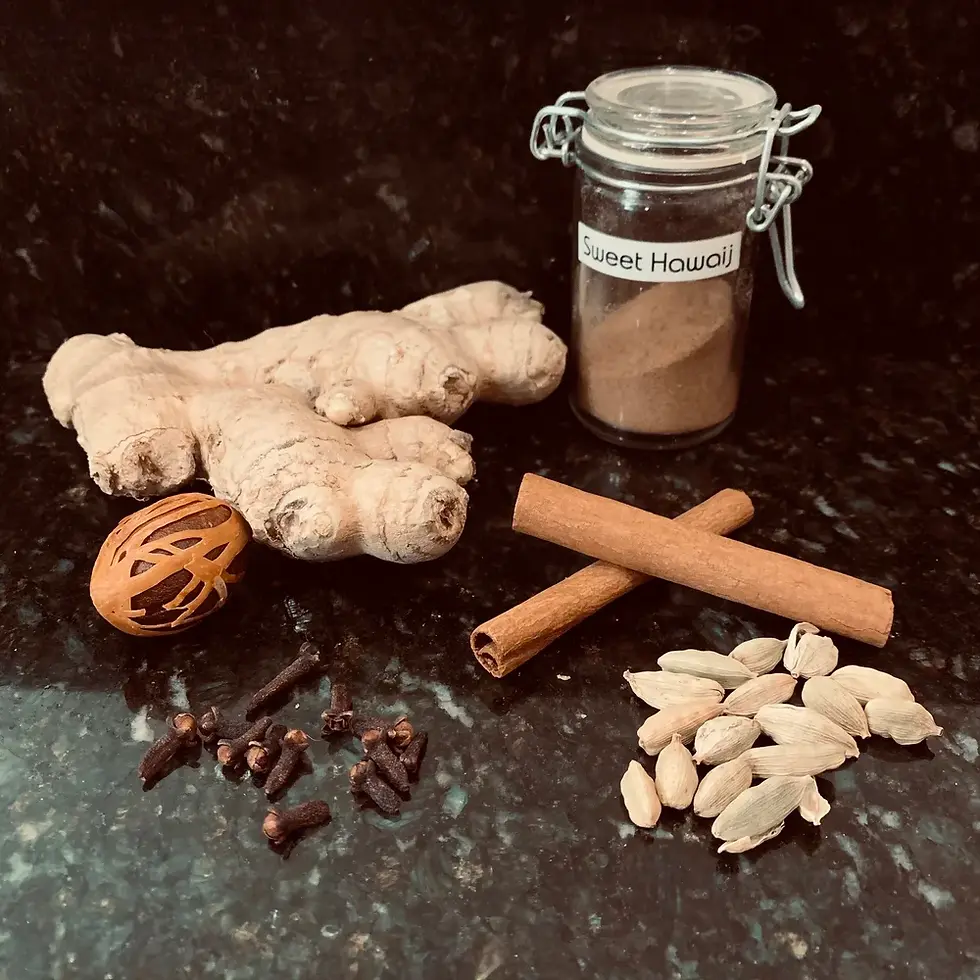
I should not finish without mentioning sweet hawaij, which, obviously, is used in sweet things - there were a few recipes online - the ingredients shown here are from Corinne's Chapter Chaos The Yemeni's use it to flavour coffee. It's quite different from the savoury version, but both can be called Hawaij because 'hawaij' just means mixture. Although I'm sure that if you are buying it here, and very possibly in Yemen too, it would be labelled as sweet or savoury. For your coffee it seems that ideally you add a teaspoon of the mix to the coffee or coffee grounds before you make the coffee.
All those, mostly American, bakers seem to like using it for baking sweet things, like cookies, and buns, often with a coffee element in there somewhere, like these Hawaij spice rolls with coffee glaze - Lion's Bread. And lo and behold Ottolenghi gets in on the sweet version too with his Hawaij-spiced barmbrack which is a Middle-Eastern twist to an Irish fruit loaf - you don't use his paste for this one - the sweet spice mix is included in the recipe.
I'm not sure what I shall use my jar for. For a chicken tray bake probably, not being as adventurous as some. Although that soup does look comforting for a miserable day.
YEARS GONE BY
October 23
2023 - Gubbins
2022 - Nothing
2021 - Ginger nuts
2020 - Missing
2019 - Nothing
2018 - A lion
2017 - Nothing'
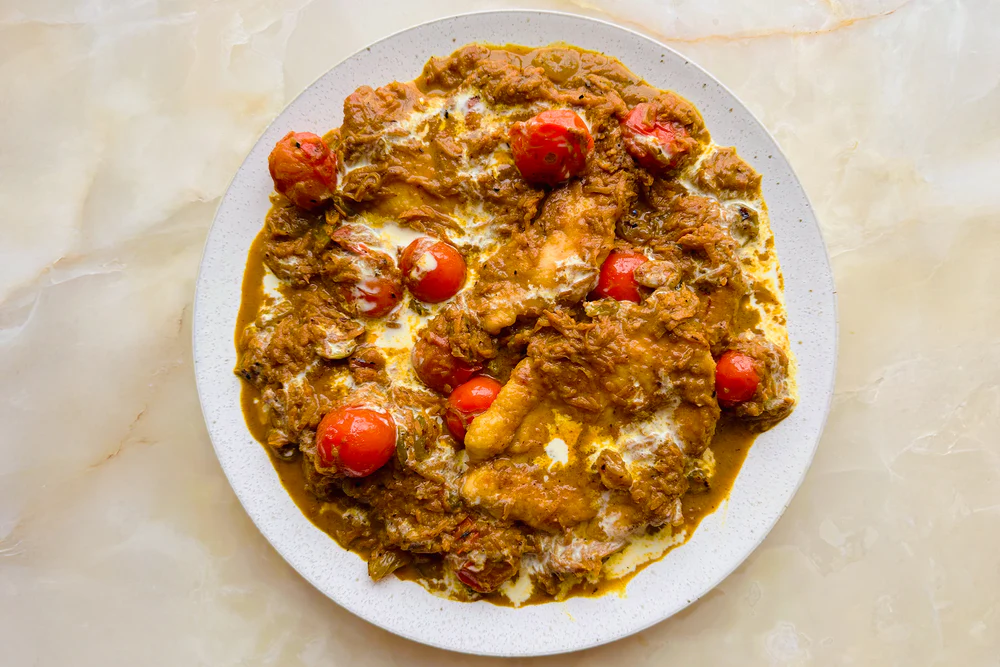
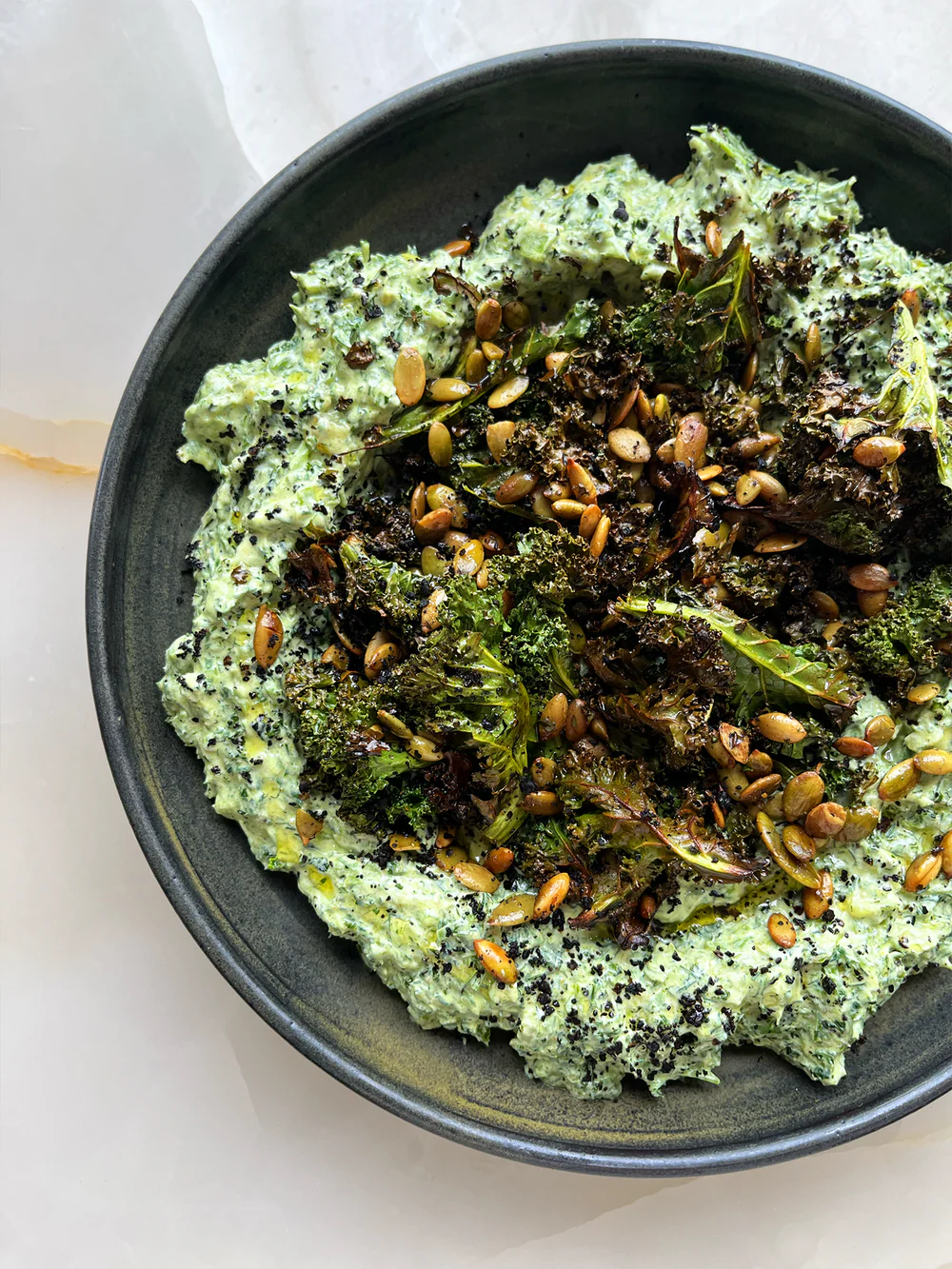


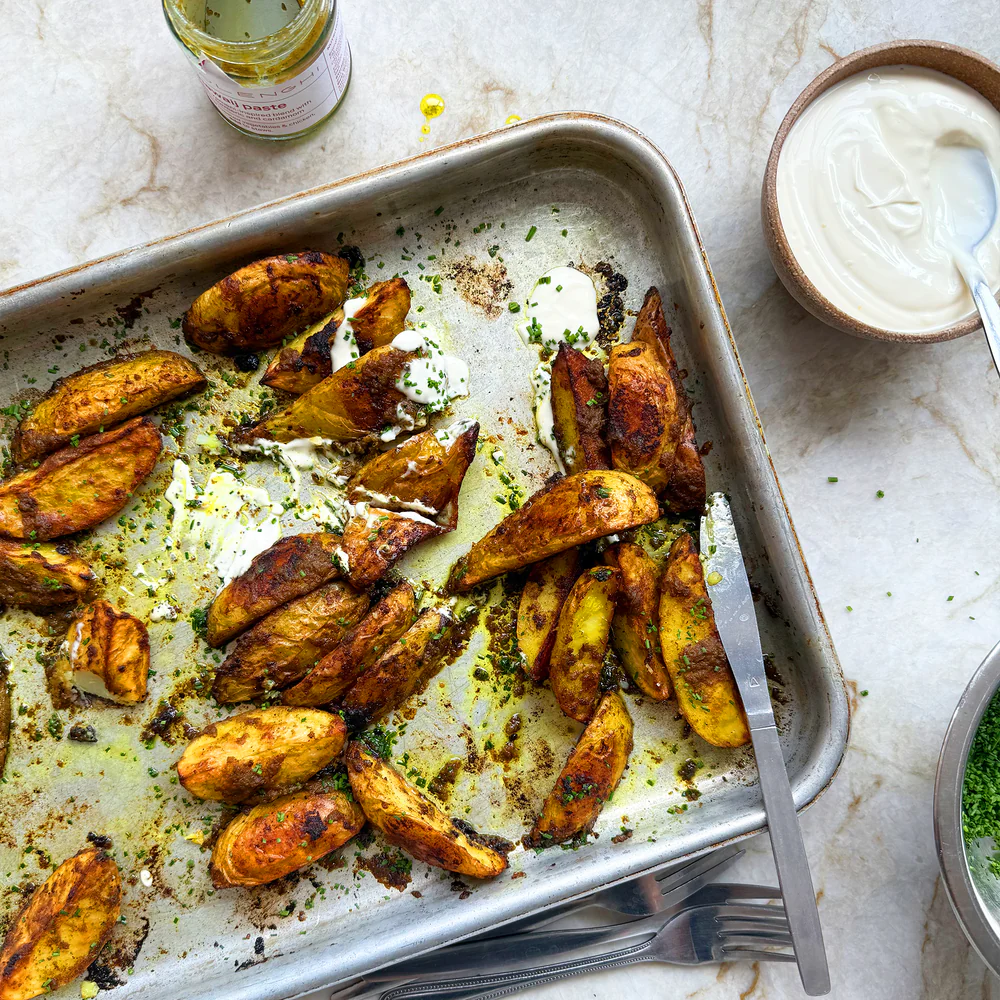
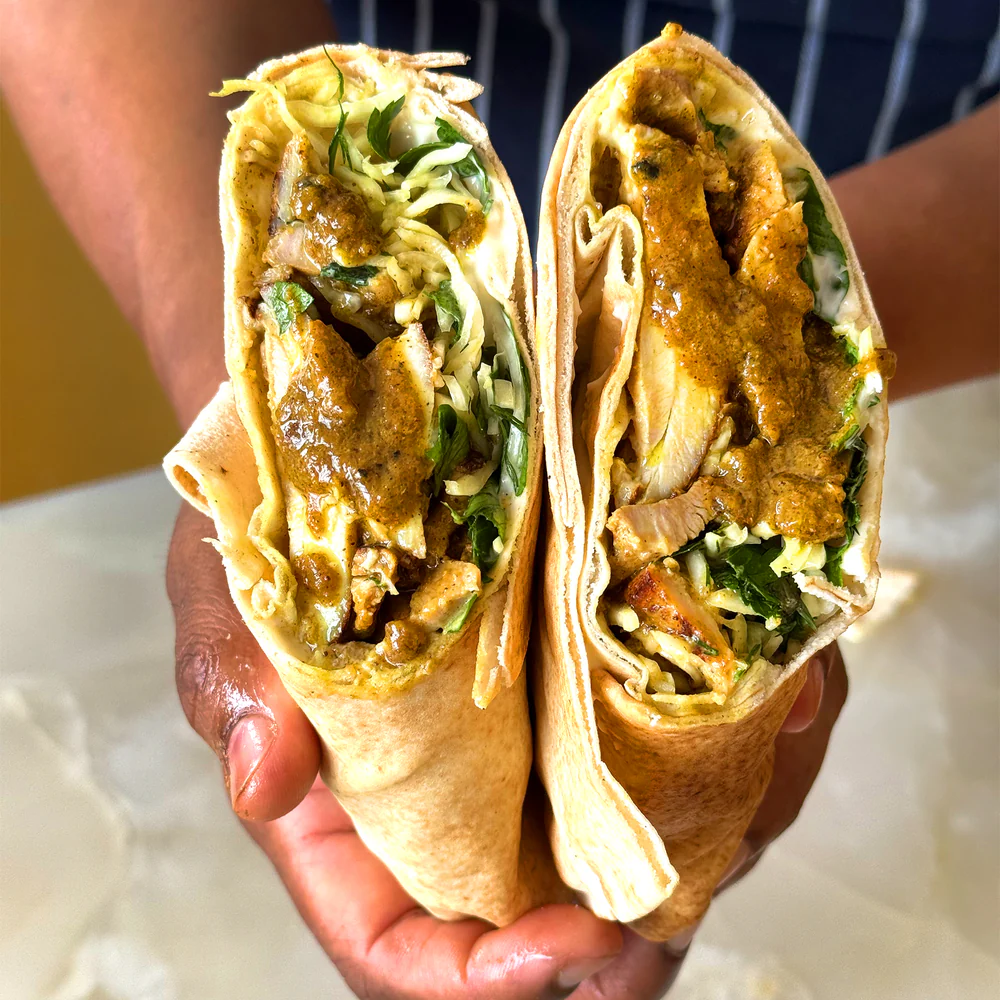

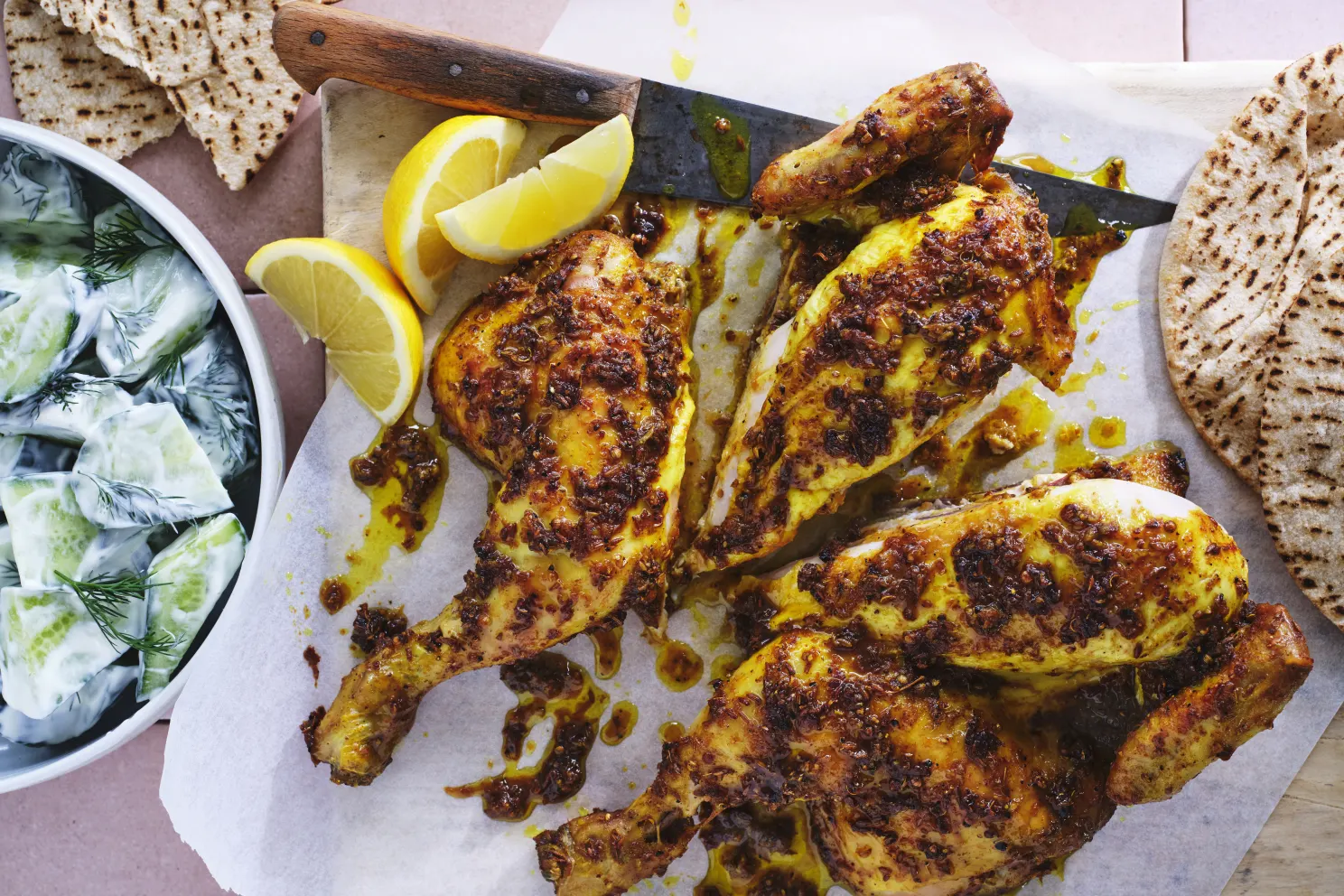





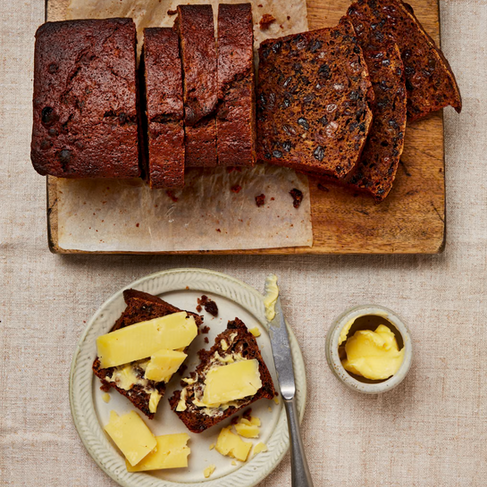



My ignorance on things cooking needs no explaining, but at least I thought I knew a little about Geography. Yemen: Middle East I would say confidentally but unsure. Google showed me that it is in one of the most dangerous hot spots of the world, Red Sea to the West and Gulf of Arabia to the South.. Borders Saudi Arabia to the North. And across the narrow waters of the Gulf is Somalia and Ethiopia. Houthis everywhere! Eat your Hawaij while you may! Wheeeew! 😱